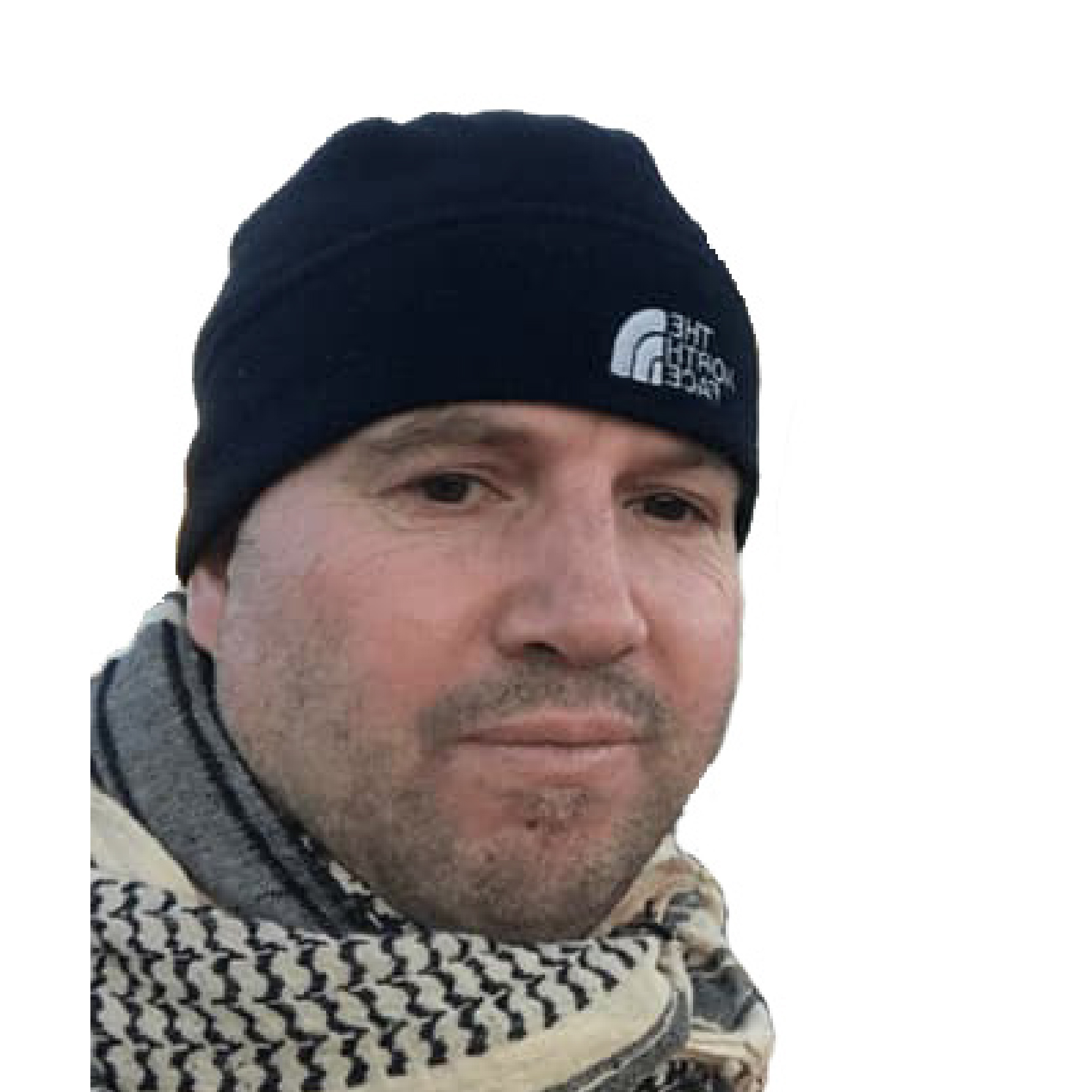
Biography
Julian A. Hiscox is Chair in Infection and Global Health and Deputy Executive Dean in the Institute of Infection, Veterinary and Ecological Sciences, University of Liverpool. Julian’s work focuses on high consequence infectious disease and biological and chemical threats. He did a BSc in Genetics at University College London in 1991 and then a PhD on porcine coronavirus replication at the Institute for Animal Health (now the Pirbright Institute between 1991 and 1994). After post-doctoral training in the USA at the University of Alabama at Birmingham and back in the UK on the avian coronaviruses - infectious bronchitis virus (IBV). He became a Lecturer/PI at the University of Reading in 1999 starting a research group on IBV. At Reading he focused on the cell biology of the virus, biophysical analysis of the nucleoprotein and developing field based ELISAs. He moved to the University of Leeds in 2002 and carried on with IBV but also included work on severe acute respiratory syndrome coronavirus (SARS-CoV) and human respiratory syncytial virus (RSV). In 2012 he moved to the University of Liverpool as a Chair, where he included Ebola virus in his research portfolio. His group deployed to West Africa during the 2013-2016 Ebola outbreak as part of the European Mobile Laboratory and led the sequencing of samples from patients. In the past two years he and his laboratory have been visiting Saudi Arabia to work with collaborators on Middle East respiratory syndrome coronavirus (MERS-CoV). Work in the laboratory uses high resolution approaches such as sequencing, proteomics and machine learning to characterise samples from patients and models for disease and then use this data for functional analysis. He currently leads a major research program funded by the US FDA on severe coronavirus infections including MERS-CoV and SARS-CoV-2. Julian is a co-opted member, as part of the COVID-19 response, of the New and Emerging Respiratory Virus Threats Advisory Group (NERVTAG) which advises the UK government on the threat posed by new and emerging respiratory viruses.
A*STAR celebrates International Women's Day

From groundbreaking discoveries to cutting-edge research, our researchers are empowering the next generation of female science, technology, engineering and mathematics (STEM) leaders.
Get inspired by our #WomeninSTEM
.png?sfvrsn=b11c2136_5)